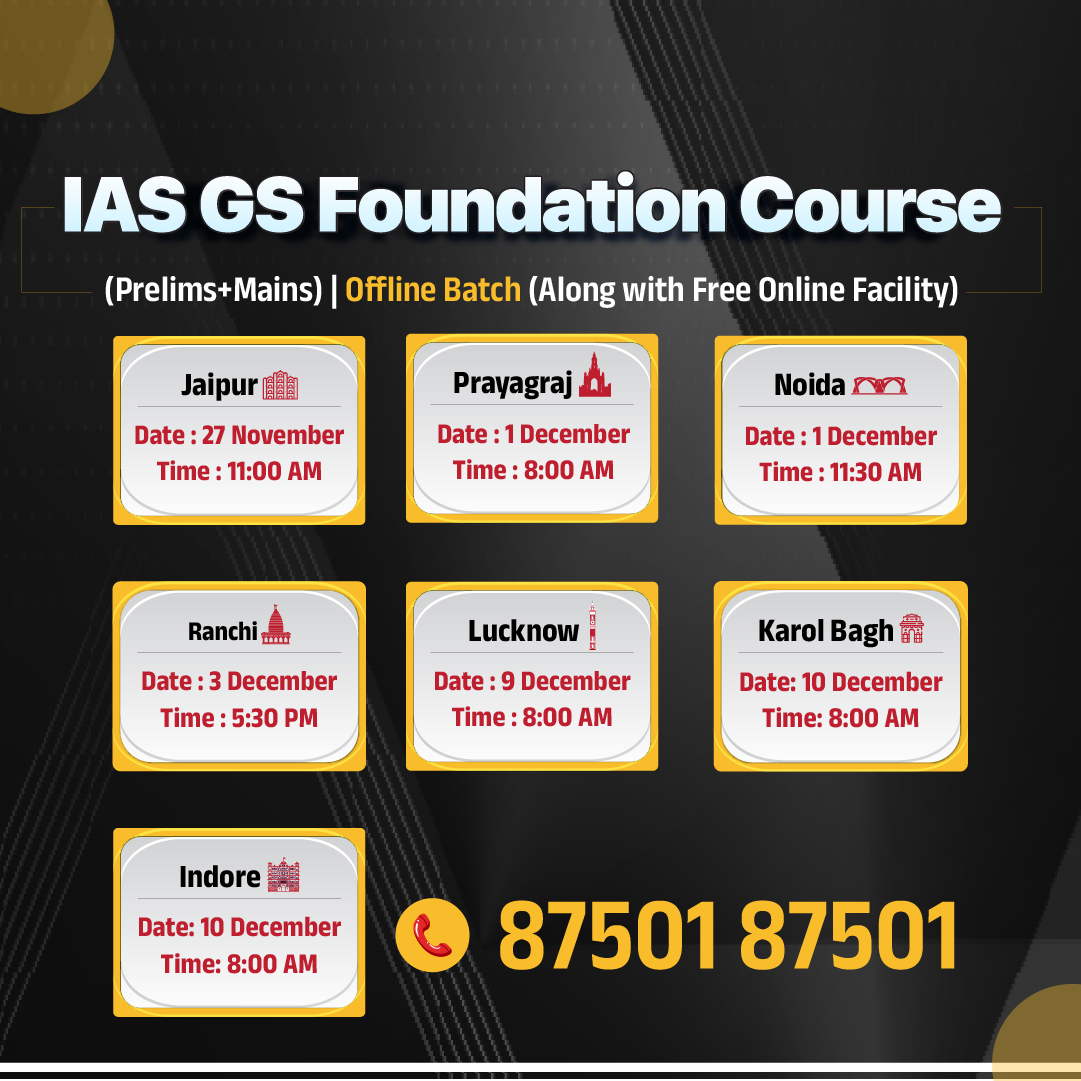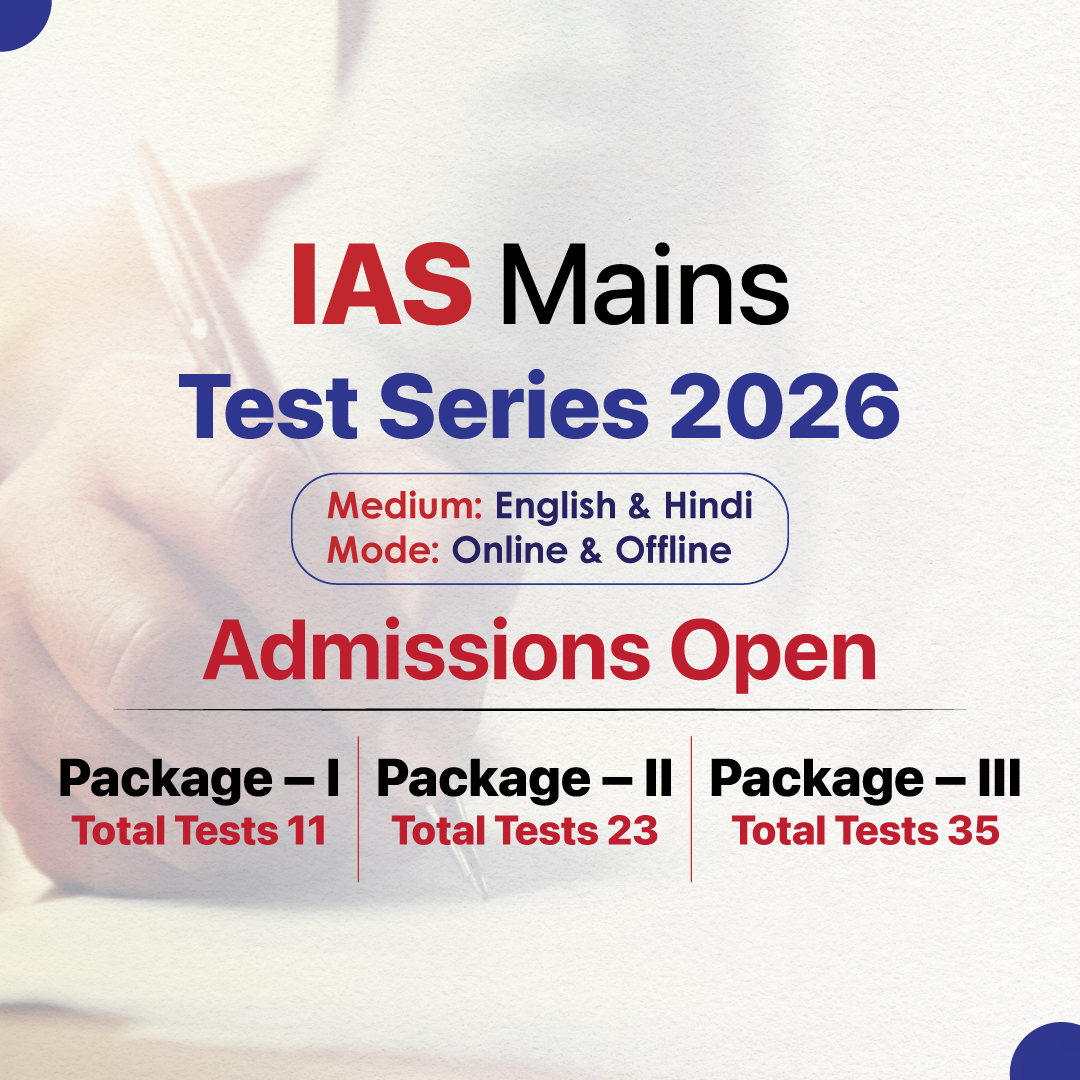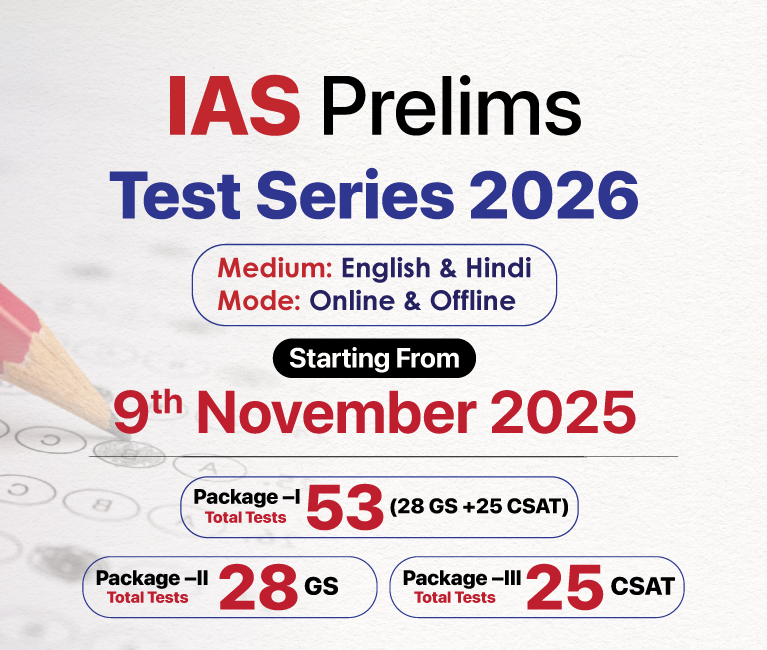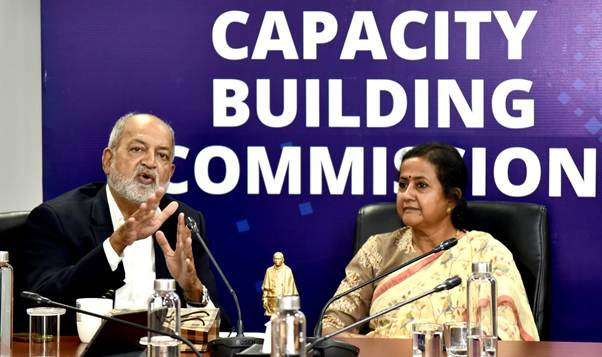Maharashtra Switch to Hindi
Quit India Movement Day
Why in News?
India celebrates 8th August every year as Quit India Movement Day, also known as August Kranti Diwas, to commemorate the Quit India Movement (QIM), which demanded the immediate end of British rule in India.
- The QIM (August Kranti) was officially launched at Gowalia Tank Maidan, Bombay (now Mumbai) Maharashtra.
Quit India Movement
- Launch: By Mahatma Gandhi on 8th August 1942 to demand the immediate end of British rule following the failure of the Cripps Mission.
- Gandhi's Call: Gandhi gave the powerful call of “Do or Die” at the Gowalia Tank Maidan (now August Kranti Maidan).
- Slogan and Symbolism: The slogan “Quit India” was coined by Yusuf Meherally, a socialist and trade unionist from Mumbai, who had also created the earlier slogan “Simon Go Back.”
- During the movement, Aruna Asaf Ali hoisted the Indian flag at Gowalia Tank Maidan as a symbol of defiance.
- Rise of New Leaders: New leaders like Dr. Ram Manohar Lohia, Jayaprakash Narayan rose to prominence during this movement.
- Women also played a significant role, leading protests and sacrificing their lives, such as Matangini Hazra, who died with the Tricolour in hand, and Sucheta Kripalani, who later became India’s first female Chief Minister (Uttar Pradesh).
- Nature of the QIM: The QIM was distinct from earlier peaceful protests like Non-Cooperation and Civil Disobedience, as it was a mass uprising demanding the complete withdrawal of British rule.
- The movement had elements of violence in self-defense and spontaneous actions like sabotage and guerrilla attacks against British properties.
- The Muslim community largely stayed absent from the QIM, it was seen as a Hindu nationalist cause, highlighting the growing communal divide and the Muslim League's push for a separate state.
Events that Led to the Quit India Movement
- Impact of World War II (1939-1945): Britain involved India in World War II without consulting Indian leaders, causing widespread anger.
- Failure of the Cripps Mission (March 1942): The Cripps Mission was sent by the British in March 1942 to secure India’s support in World War II and resolve the political crisis.
- Stafford Cripps proposed granting India dominion status after the war, with a Constituent Assembly where provinces and princely states could opt out.
- Gandhi called it a “post-dated cheque on a crashing bank”.
- Nationalist Sentiment and Economic Hardships: Due to Wartime exploitation and famines.
- Fall of Burma (1942): The Japanese invasion of Burma brought the war to India’s doorstep, heightening invasion fears and urgency for British withdrawal.
- Meanwhile, Netaji Subhas Chandra Bose formation of the Indian National Army intensified the fight for independence.
- Mahatma Gandhi’s Leadership: Facing rising demands for independence, Gandhi launched the Quit India call, declaring, “We shall either free India or die in the attempt.”
- On 8th August 1942 the All-India Congress Committee passed the Quit India Resolution, urging non-violent mass resistance.
National Current Affairs Switch to Hindi
National Fish Farmers Day 2025
Why in News?
National Fish Farmers Day 2025 was celebrated on 10th July at the ICAR-Central Institute of Freshwater Aquaculture (CIFA) to honor the tireless dedication of fish farmers in strengthening India’s food security, meeting the demand for fish-based protein, and driving rural employment.
Key Points
- Honoring the Legacy: National Fish Farmers Day commemorates the pioneering work of Professor Dr. Hiralal Chaudhury and Dr. K.H. Alikunhi in 1957, who revolutionized Indian fisheries with the Hypophysation technique, enabling induced breeding and reproduction in Indian Major Carps.
- This scientific breakthrough led to the growth of Inland Aquaculture in India.
- Key Initiatives and Investments: The Government of India has invested ₹38,572 crore in the fisheries sector since 2015.
- Fish production has grown from 95.79 lakh tonnes in FY 2013-14 to 195 lakh tonnes in FY 2024-25.
- India has become a global leader in shrimp exports, crossing ₹60,500 crore, with shrimp production increasing by 270% over the past decade.
State of India’s Fisheries Sector
- India is the 2nd largest fish producer and 2nd largest aquaculture nation in the world after China.
- India has ascended to become the 4th-largest exporter of marine products, marking a significant rise from eighth position in 2014-15.
- Inland fisheries account for over 75% of total output.
- Top fish-producing states: Andhra Pradesh, West Bengal, Karnataka.
ICAR-Central Institute of Freshwater Aquaculture (CIFA)
- Established:
- Originated from the Pond Culture Division of CIFRI in 1949, Cuttack, Odisha.
- Operates under the Indian Council of Agricultural Research (ICAR).
- Mission:
- Focuses on sustainable and diversified freshwater aquaculture practices.
- Aims to enhance productivity, quality, water use efficiency, and farm income.
National Current Affairs Switch to Hindi
S. Radha Chauhan: New Chairperson of Capacity Building Commission
Why in News?
Mrs. S. Radha Chauhan took over as the Chairperson of the Capacity Building Commission in New Delhi, succeeding Shri Adil Zainulbhai, who had held the position since April 2021.
- Mrs. Chauhan, a retired IAS officer from the UP Cadre (1988 batch), also served as the Secretary of the Department of Personnel and Training (DoPT).
Capacity Building Commission
- The Capacity Building Commission (CBC) is an independent body with full executive authority, operational since April 2021.
- It is a three-member Commission, supported by an internal Secretariat headed by a Secretary.
- Members are appointed from diverse backgrounds such as the private sector, academia, the public sector, and civil society.
- The Commission is tasked with driving the standardisation and harmonisation across India's civil services landscape.
- As the custodian of civil services capacity-building reforms, the Commission plays a central role in the institutional framework of Mission Karmayogi.
Mission Karmayogi
- Mission Karmayogi was launched by the Government of India in September 2020 as a National Program for Civil Services Capacity Building (NPCSCB).
- It aims to prepare Indian civil servants for the future by making them more creative, proactive, professional, energetic, transparent and technology enabled.

.gif)

.png)
















.png)


.jpg)



 PCS Parikshan
PCS Parikshan


